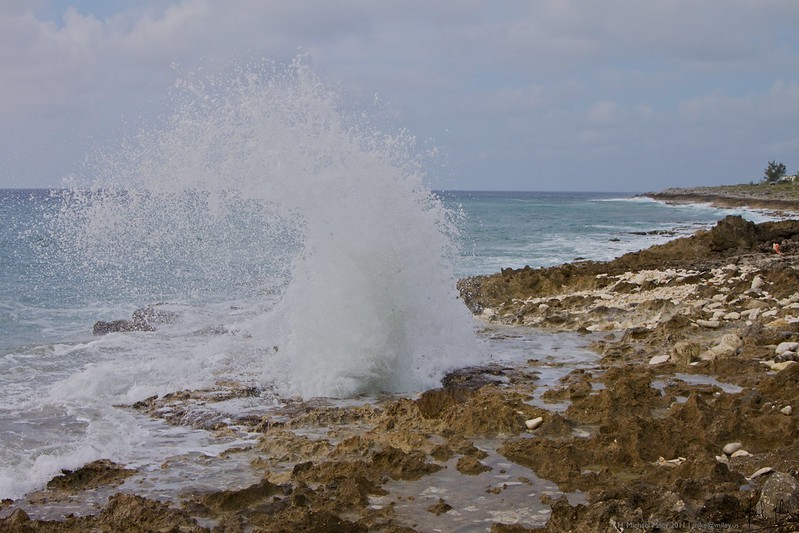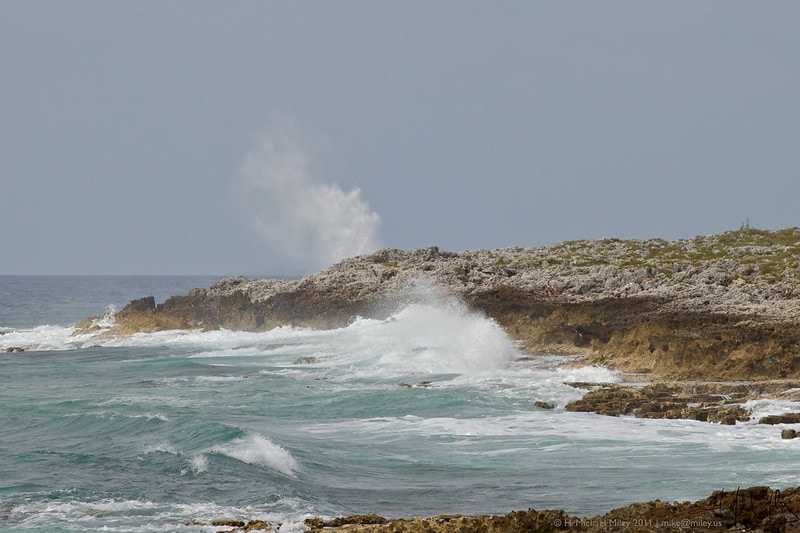
With more registered companies than residents, the Cayman Islands are first and foremost associated with their role as a global offshore financial center. Surprisingly though, low taxes are far from being the archipelago’s sole appeal. Grand Cayman, the largest among the three islands, is home to a series of blowholes that spew out jets of seawater with sheer force as if they were geysers.

By: Santrelle Kay
Date: 20:39 18.01.24
Last Update: 15:56 01.03.24
Accounting for more than 70 percent of the Cayman Islands’ total area, Grand Cayman is by far the largest landmass of this British Overseas Territory, and where the capital and most populous city, George Town, is situated. While this Caribbean island along with the rest of the archipelago is notoriously known for being a tax haven, it also boasts a smattering of hidden gems to marvel at.
Tucked away near the town of East End, along the island’s southern coastline, are a set of blowholes from where spouts of water gush into the air, leaving the craggy shoreline drenched with sea foam. For the untrained eye, this natural phenomenon might be reminiscent of geysers, yet while the latter are formed when underground water is heated by geothermal energy, the article’s protagonists are the result of an entirely different process.
Made of accumulated coral skeletons, the rugged shore has been incessantly pummeled by the strong breakers over the span of thousands of years. That in turn perforated the soft rocks, creating multiple crevices through which seawater can erupt outward. As the waves batter the coastal formation, massive spurts are ejected as high as 6 meters (20 feet), providing a wet experience to any curious onlooker who happens to be around.

photography by: H. Michael Miley/ Flickr

photography by: mbarrison/ Flickr

photography by: H. Michael Miley/ Flickr
